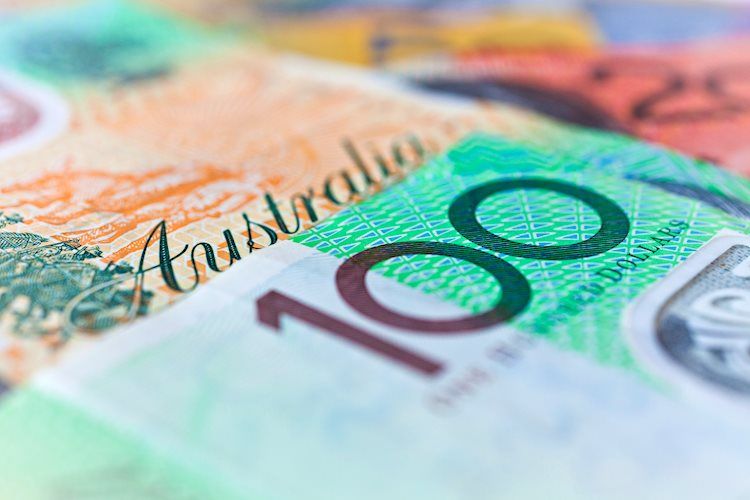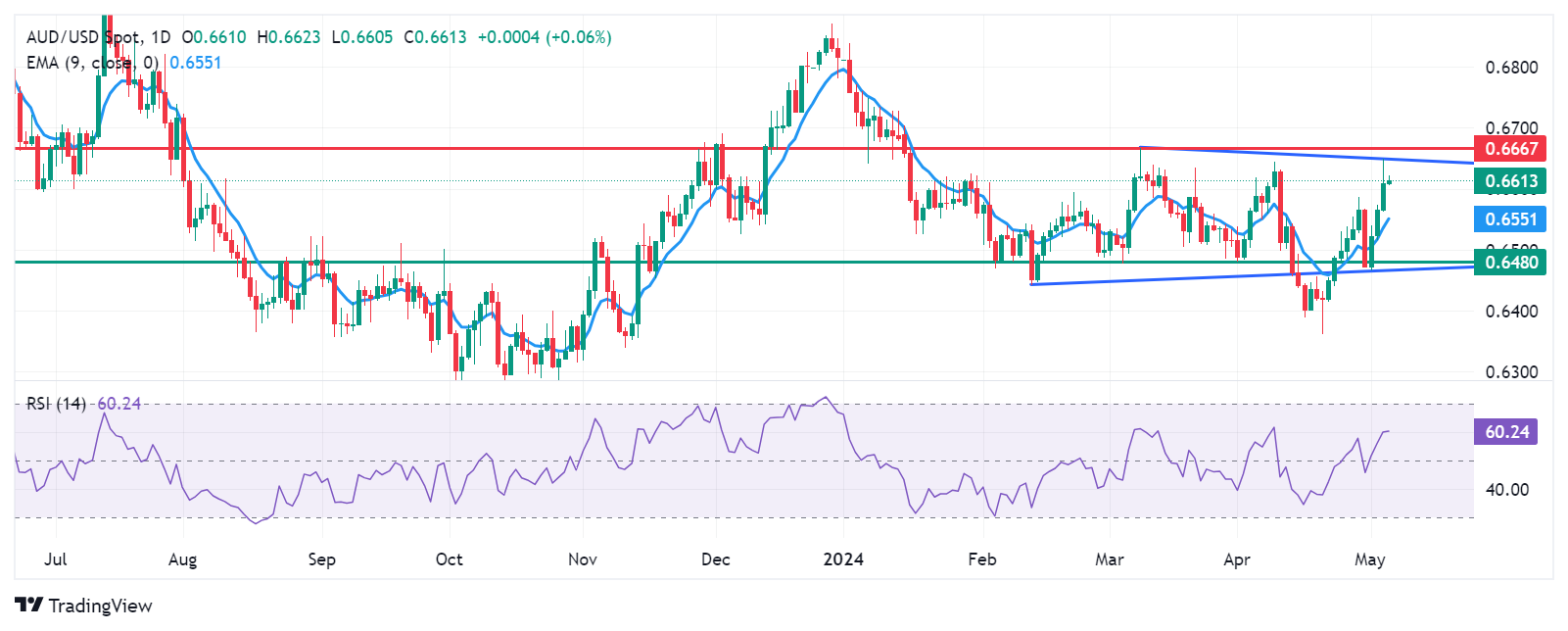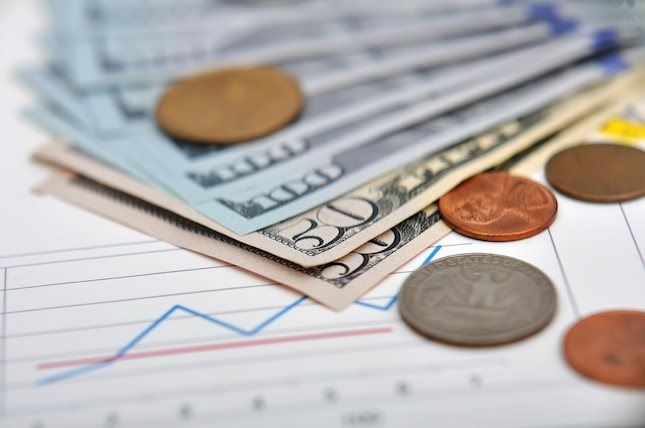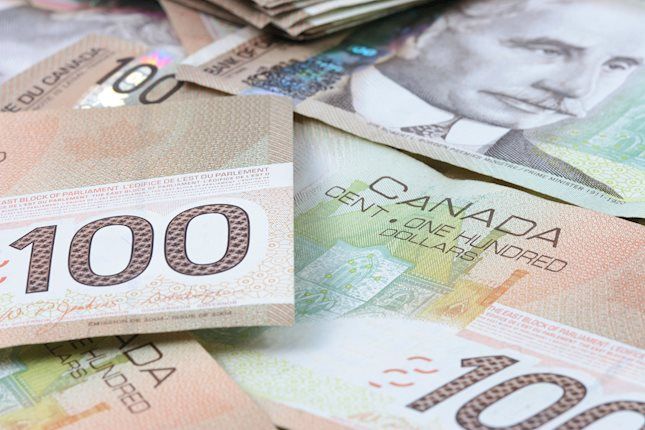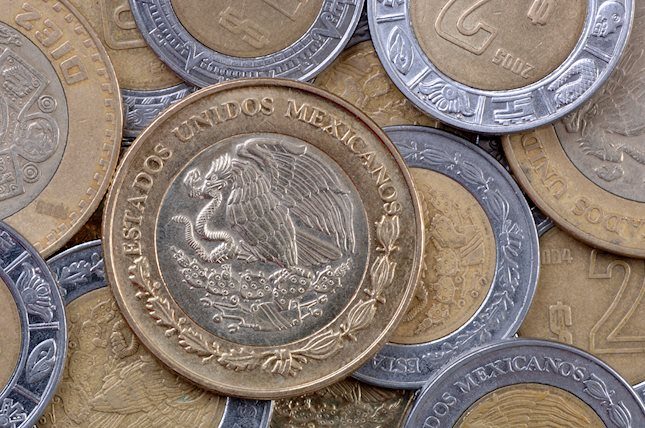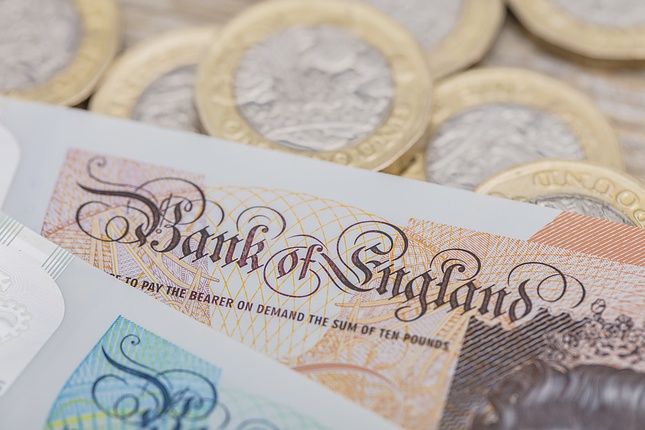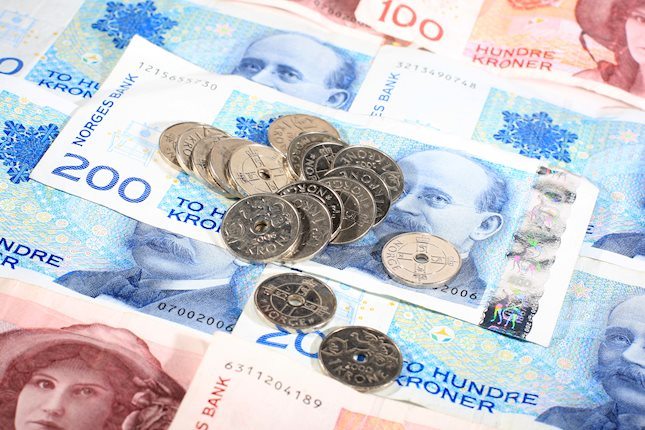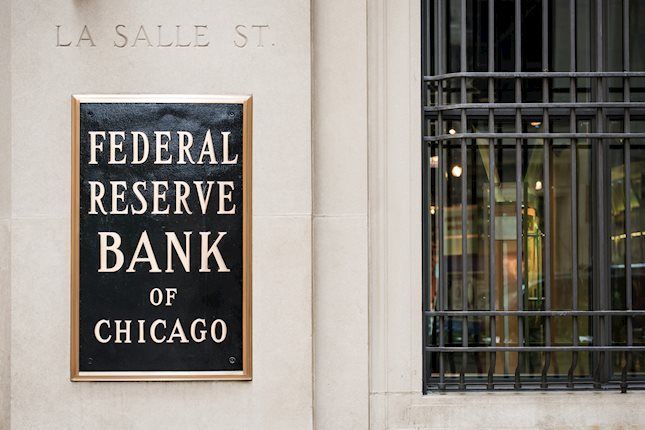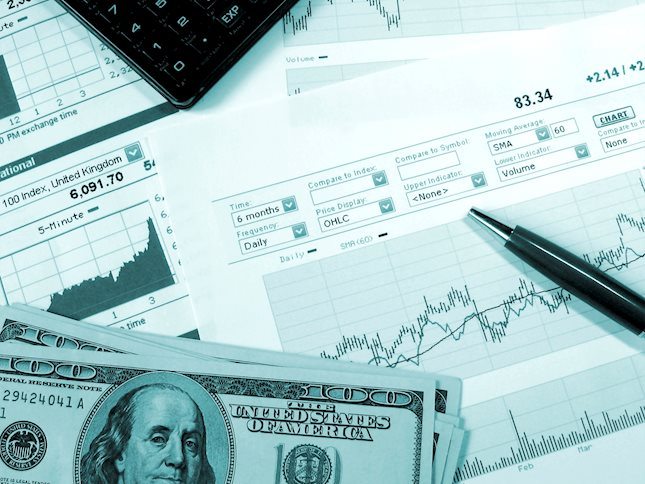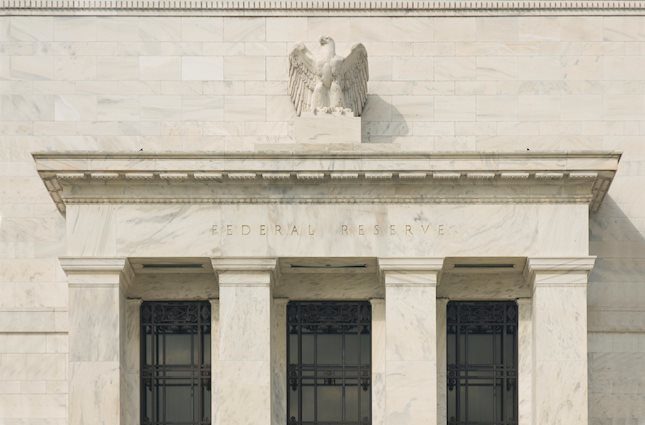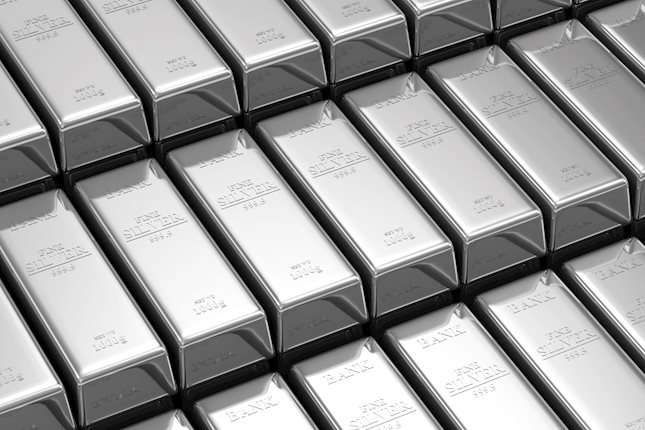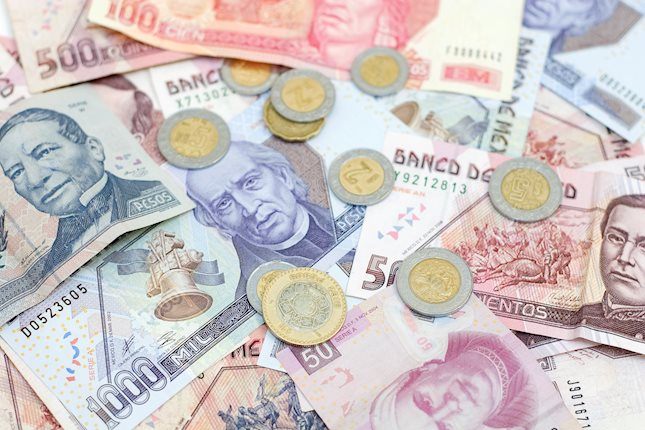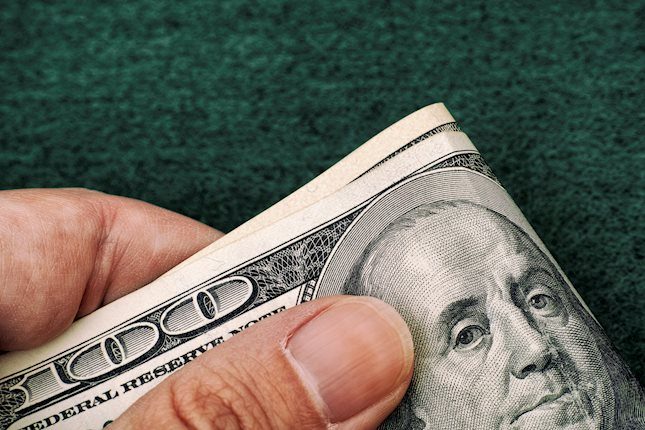Australian Dollar holds ground amid improved risk appetite, RBA decision awaited
- The Australian Dollar rose due to risk-on sentiment after softer US jobs data released on Friday.
- The Australian Dollar derived strength from the hawkish sentiment surrounding the RBA.
- The Nonfarm Payrolls report indicated fewer jobs added than anticipated in April, marking a notable deceleration from March’s reading.
The Australian Dollar (AUD) maintained its winning streak for the fourth consecutive session on Monday, buoyed by a hawkish sentiment surrounding the Reserve Bank of Australia (RBA). This optimism bolsters the strength of the Aussie Dollar, providing support to the AUD/USD pair.
The Australian central bank is widely anticipated to hold the cash rate steady at a 12-year high of 4.35% in its upcoming Tuesday meeting. However, there are expectations that it may reintroduce a soft tightening bias, particularly after last week's higher-than-expected inflation data, as reported by The Australian Financial Review.
The US Dollar Index (DXY), which gauges the performance of the US Dollar (USD) against six major currencies, remains under pressure due to softer-than-expected US jobs data released on Friday. This development revived hopes for potential interest rate cuts by the US Federal Reserve (Fed) later this year. The prevalent risk appetite may continue this week following Fed Chair Jerome Powell's relatively dovish stance on the monetary policy outlook during Wednesday's session.
Daily Digest Market Movers: Australian Dollar appreciates amid hawkish RBA
- TD Securities Inflation (YoY) released by The University of Melbourne, came down to 3.7% in April, from the previous month’s 3.8%. In the meantime, the monthly rate remained at 0.1%.
- China's Caixin Services Purchasing Managers' Index (PMI) for April dipped slightly to 52.5 from 52.7 in March, in line with expectations. Nonetheless, it signifies the 16th consecutive month of expansion in services activity. This positive trend has the potential to uplift Australia's market, given its significant role as one of the largest exporters to China.
- On Friday, Nonfarm Payrolls showed that the US economy added 175,000 jobs in April, lower than the estimated 243,000 and signaling a significant slowdown from March's addition of 315,000 jobs.
- According to the CME FedWatch Tool, the probability of the Federal Reserve keeping interest rates within their current range of 5.25%-5.50% during the June meeting has increased to 91.6%, up from 88.9% a week ago.
- The Judo Bank Australia Composite Purchasing Managers Index (PMI) declined in April, indicating a slightly slower growth in Australian private sector output. The growth in business activity was mainly confined to the service sector while manufacturing output continued to decrease.
- According to forecasts by analysts at Commonwealth Bank and Westpac, the RBA’s interest rate is expected to peak at its highest point at 4.35% in November 2023, then decrease to 3.10% by December 2025.
- Australia’s central bank is expected to maintain its key policy rate at 4.35% for a fourth consecutive meeting on Tuesday, and likely until the end of September, as per a Reuters poll of economists. These economists predict only one interest rate cut this year.
- Federal Reserve Bank of Chicago President Austan Goolsbee commented on the April labor market data, stating to Bloomberg TV that the report was robust. Goolsbee emphasized the need for the Fed to ascertain whether it is still committed to reducing inflation. He noted that if the Fed maintains a restrictive stance for too long, it will need to consider the employment aspect of its mandate.
Technical Analysis: Australian Dollar holds ground above the psychological level of 0.6600
The Australian Dollar traded around 0.6620 on Monday. The pair remains positioned in a symmetrical triangle pattern, with the 14-day Relative Strength Index (RSI) above the 50-level, indicating a bullish bias.
The AUD/USD pair might retest the upper boundary around the level of 0.6649. A breakthrough above this level could lead the pair to explore the region around March’s high of 0.6667.
On the downside, the AUD/USD pair could find immediate support at the psychological level of 0.6600, followed by the nine-day Exponential Moving Average (EMA) at 0.6552. A break below the latter could exert pressure on the pair to test the throwback support at the 0.6480 level, followed by the lower boundary of the symmetrical triangle around the level of 0.6465.
AUD/USD: Daily Chart
Australian Dollar price today
The table below shows the percentage change of the Australian Dollar (AUD) against listed major currencies today. The Australian Dollar was the strongest against the New Zealand Dollar.
| USD | EUR | GBP | CAD | AUD | JPY | NZD | CHF | |
| USD | -0.08% | -0.05% | -0.06% | -0.09% | 0.02% | 0.05% | -0.02% | |
| EUR | 0.07% | 0.01% | 0.01% | -0.02% | 0.08% | 0.13% | 0.04% | |
| GBP | 0.03% | -0.01% | 0.00% | -0.04% | 0.07% | 0.09% | 0.03% | |
| CAD | 0.15% | 0.05% | 0.09% | 0.28% | -0.15% | 0.08% | 0.04% | |
| AUD | 0.10% | 0.02% | 0.03% | 0.03% | 0.11% | 0.14% | 0.06% | |
| JPY | -0.04% | -0.08% | -0.04% | -0.09% | -0.10% | 0.06% | -0.06% | |
| NZD | -0.05% | -0.11% | -0.09% | -0.10% | -0.16% | -0.02% | -0.06% | |
| CHF | 0.03% | -0.04% | -0.03% | -0.03% | -0.07% | 0.06% | 0.07% |
The heat map shows percentage changes of major currencies against each other. The base currency is picked from the left column, while the quote currency is picked from the top row. For example, if you pick the Euro from the left column and move along the horizontal line to the Japanese Yen, the percentage change displayed in the box will represent EUR (base)/JPY (quote).
Australian Dollar FAQs
One of the most significant factors for the Australian Dollar (AUD) is the level of interest rates set by the Reserve Bank of Australia (RBA). Because Australia is a resource-rich country another key driver is the price of its biggest export, Iron Ore. The health of the Chinese economy, its largest trading partner, is a factor, as well as inflation in Australia, its growth rate, and Trade Balance. Market sentiment – whether investors are taking on more risky assets (risk-on) or seeking safe havens (risk-off) – is also a factor, with risk-on positive for AUD.
The Reserve Bank of Australia (RBA) influences the Australian Dollar (AUD) by setting the level of interest rates that Australian banks can lend to each other. This influences the level of interest rates in the economy as a whole. The main goal of the RBA is to maintain a stable inflation rate of 2-3% by adjusting interest rates up or down. Relatively high interest rates compared to other major central banks support the AUD, and the opposite for relatively low. The RBA can also use quantitative easing and tightening to influence credit conditions, with the former AUD-negative and the latter AUD-positive.
China is Australia’s largest trading partner so the health of the Chinese economy is a major influence on the value of the Australian Dollar (AUD). When the Chinese economy is doing well it purchases more raw materials, goods and services from Australia, lifting demand for the AUD, and pushing up its value. The opposite is the case when the Chinese economy is not growing as fast as expected. Positive or negative surprises in Chinese growth data, therefore, often have a direct impact on the Australian Dollar and its pairs.
Iron Ore is Australia’s largest export, accounting for $118 billion a year according to data from 2021, with China as its primary destination. The price of Iron Ore, therefore, can be a driver of the Australian Dollar. Generally, if the price of Iron Ore rises, AUD also goes up, as aggregate demand for the currency increases. The opposite is the case if the price of Iron Ore falls. Higher Iron Ore prices also tend to result in a greater likelihood of a positive Trade Balance for Australia, which is also positive of the AUD.
The Trade Balance, which is the difference between what a country earns from its exports versus what it pays for its imports, is another factor that can influence the value of the Australian Dollar. If Australia produces highly sought after exports, then its currency will gain in value purely from the surplus demand created from foreign buyers seeking to purchase its exports versus what it spends to purchase imports. Therefore, a positive net Trade Balance strengthens the AUD, with the opposite effect if the Trade Balance is negative.
Forex News
Keep up with the financial markets, know what's happening and what is affecting the markets with our latest market updates. Analyze market movers, trends and build your trading strategies accordingly.
